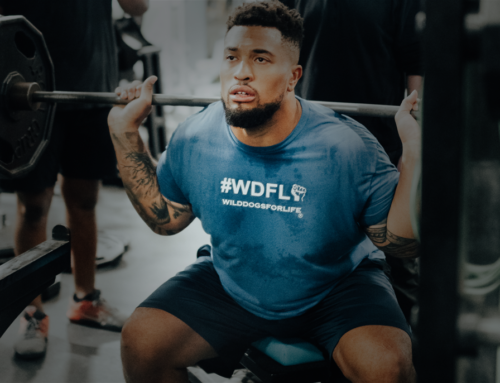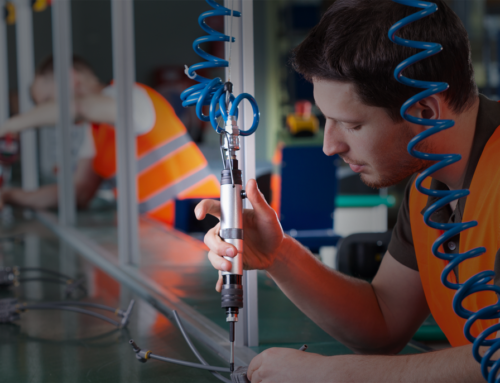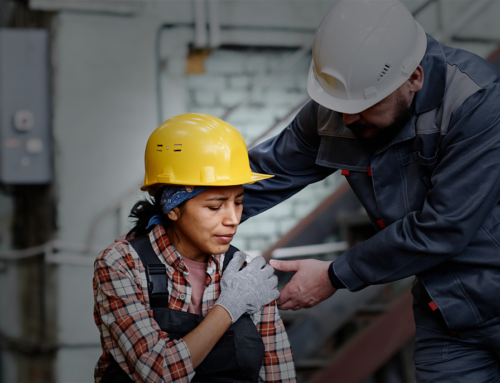What is an unlocking program and why should each of us perform it daily?
An unlocking or prepare program is a mobility and/or stretching routine within the workplace. The program is designed to help an employee’s body to better perform their respective job with less potential musculoskeletal strain.
Why perform an unlocking program while standing and within three planes or directions of movement – front to back, side to side, and rotationally
Because in real-life movements, the body is never isolated from itself. Everything we do is influenced by the rest of the body, whether we realize it or not. When mobility programs focus on one muscle or a single joint, while trying to exclude or limit the contributions from other parts of the body, the programs are less authentic to human body movements and therefore not as helpful for work task preparation.
Muscle actions do not occur in a single plane. Muscle function is tri-planar due to two truths:
- Joint motion occurs in three planes
- Muscle alignment from origin to insertion is never straight
During global body movements muscles will influence multiple joints in three planes of motion. This multiple joint influence is also true for muscles that cross only one joint.
An optimal unlocking program performed in an upright position through three plans of motion is a proactive approach to help promote better mobility up and down your biomechanical chain. It should be performed as part of a regular routine prior to starting your work day and/or after lunch to help lessen potential strain. Examples can be found below.
Anterior Chain Reaction for Mobility

Movement:
Take a step forward with right foot, while reaching arms up and overhead. Keep the left heel down as best as possible. Please perform to distances and at speeds which you can comfortably control.
Sets: 1 to 2 per side
Reps: 3 to 5
Same Side Lateral Chain Reaction for Mobility

Movement:
Take a step to the right with right foot, while reaching with same side (right) arm overhead. Keep the left foot down as best as possible. Please perform to distances and at speeds which you can comfortably control.
Sets: 1 to 2 per side
Reps: 3 to 5
Opposite Side Lateral Chain Reaction for Mobility

Movement:
Take a step across to the left with your right foot, while reaching with your opposite side (left) arm overhead. Keep the left foot down as best as possible. Please perform to distances and at speeds which you can comfortably control.
Sets: 1 to 2 per side
Reps: 3 to 5
Same Side Rotational Chain Reaction for Mobility

Movement:
Take a rotational step with the right foot around to the right, while moving arms around to the right as well at chest height. Keep the left foot down as best as possible, avoid letting it spin out. Please perform to distances and at speeds which you can comfortably control.
Sets: 1 to 2 per side
Reps: 3 to 5
Opposite Side Rotational Chain Reaction Mobility

Movement:
Take a rotational step with the left foot around to the right (make a “T” with your feet). Keep the right foot down as best as possible, avoid letting it spin out. Please perform to distances and at speeds which you can comfortably control.
Sets: 1 to 2 per side
Reps: 3 to 5
These are considerations for you to try, but individualized strategies can be implemented with a consultation with one of our excellent therapists. Please contact a member of our Solveglobal Team if you have questions and/or would like help scheduling.
Have a question for the Solveglobal team? Contact us here.






Leave A Comment